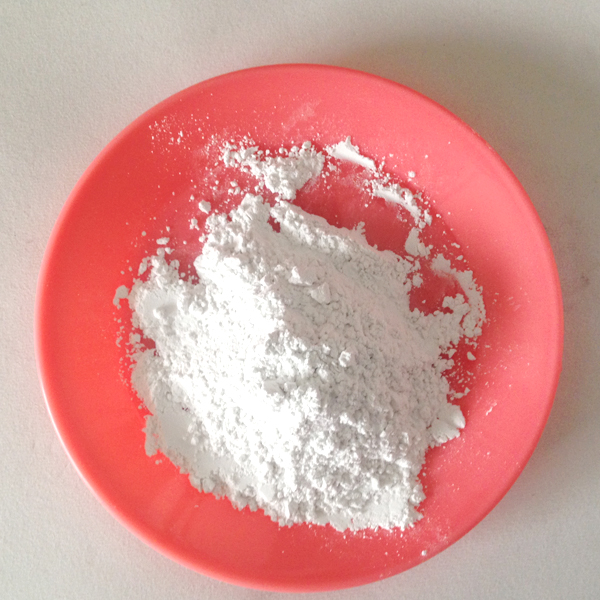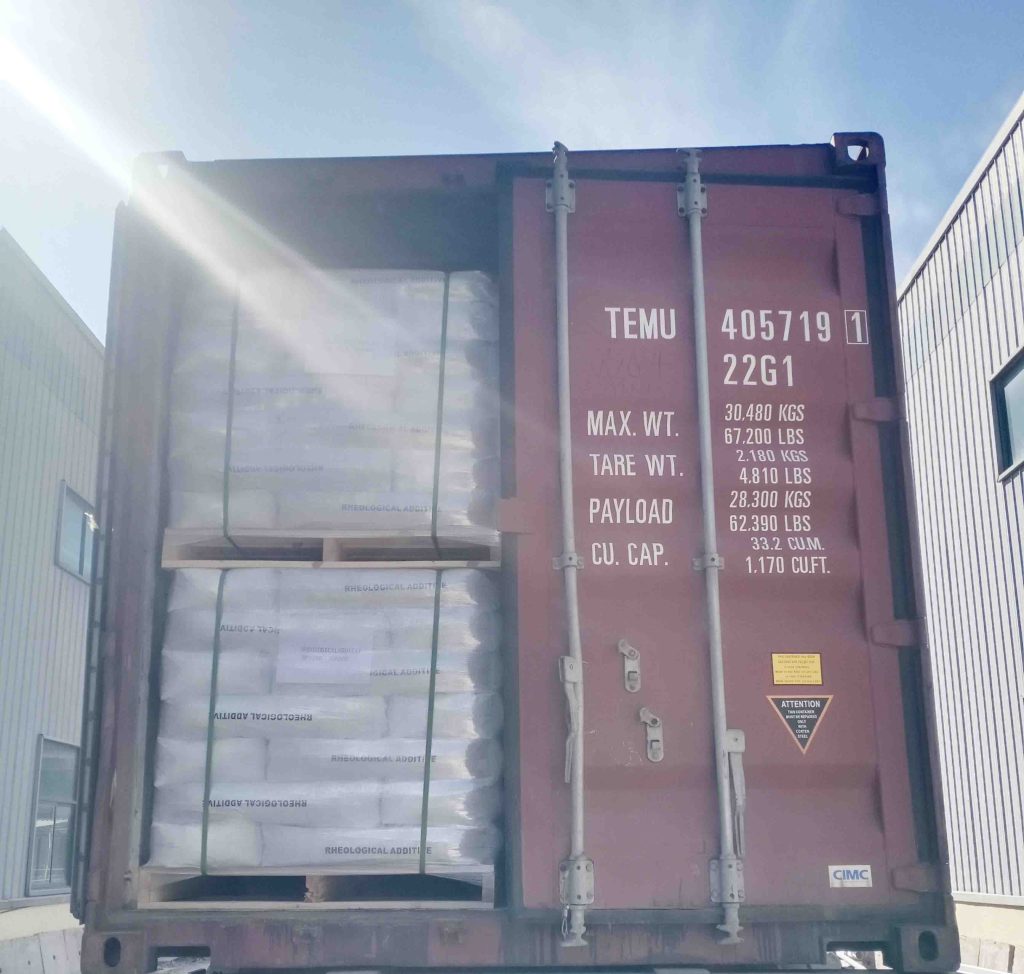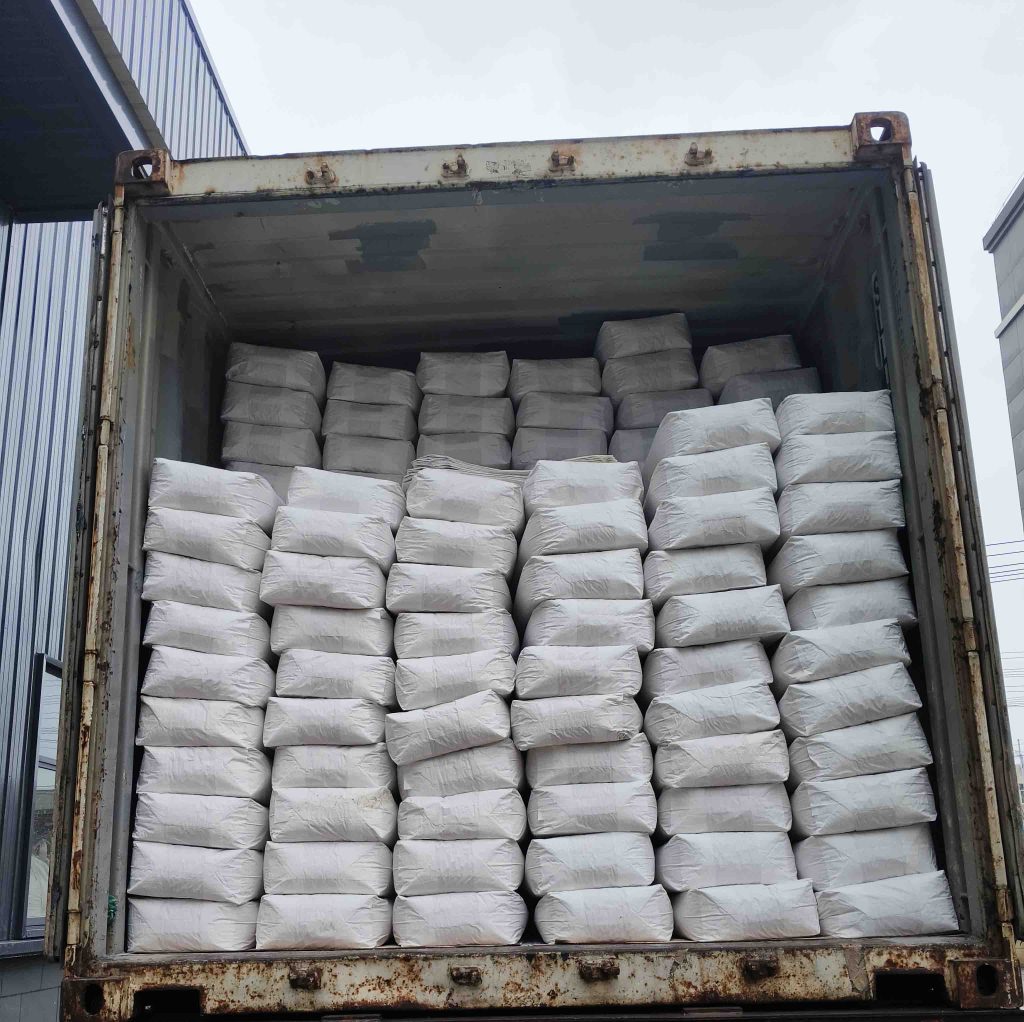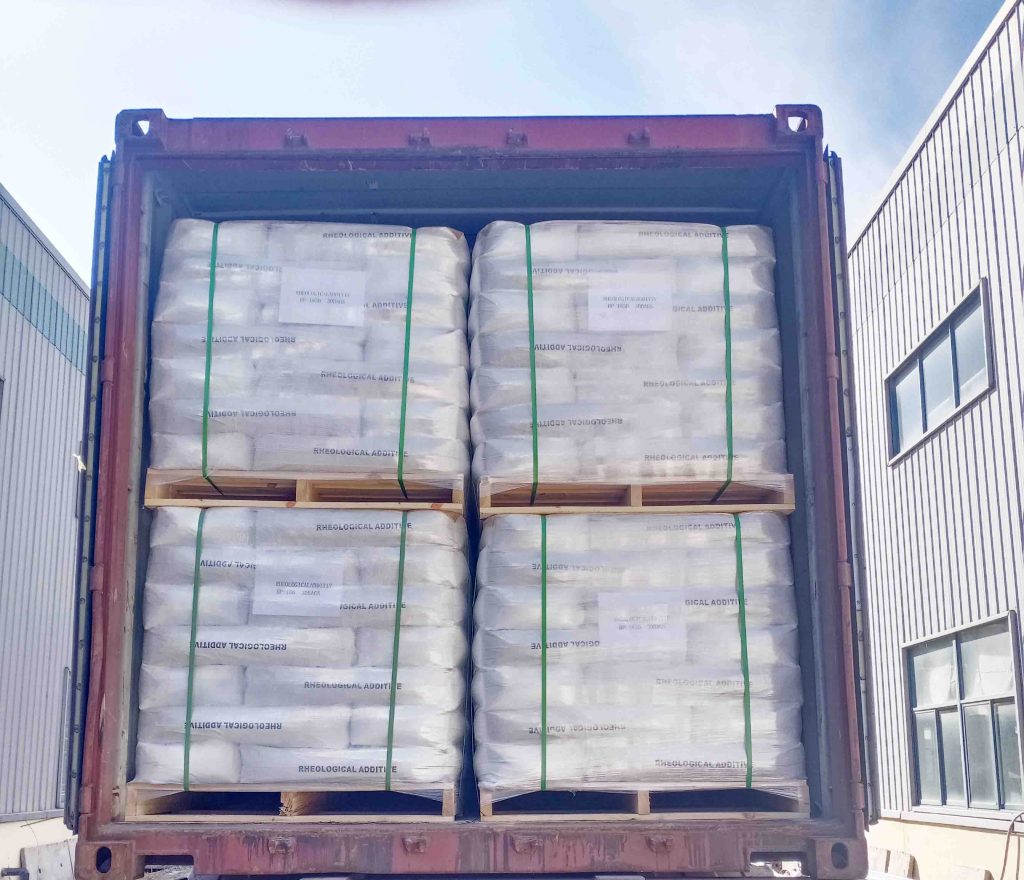glass micro balloons
The term “Glass Micro balloons” usually refers to hollow glass beads. Hollow Glass Microballoons are tiny spherical particles made of glass that have many unique properties and applications.
They are available in a wide range of sizes, from a few microns to several hundred microns in diameter.
These beads can be added to coatings to form many microscopic independent insulating cavities, thus greatly enhancing the insulating properties of the coating film against heat and sound, and playing a very good role in heat insulation and noise reduction.
glass micro balloons

glass micro balloons
What Are Bead Blasting’s Applications?
| Aerospace industry | Remove rust and paint from mechanical components to remove knife marks. |
| Remove scratches on the rubber | Reflective paint for roads |
| Scratch treatment on the surface of stainless steel. | |
| Foundry industry; | Pre processing in the electroplating industry. |
| Semiconductor Industry | Crafts for exterior decoration |
Glass Blasting Beads | glass bead blasting
The main characteristics of hollow glass beads include:
1. excellent thermal insulation and heat preservation performance:
in the thermal protection system of spacecraft, glass microspheres are used as an important material because of their good thermal insulation performance.
2. excellent thermal insulation and heat preservation performance due to its structure of hollow and airtight spheres and multi-layer cavities, which have high reflection ratio to sunlight and low thermal conductivity itself.
3. Enhance the flow and leveling of the coating: used to improve the flow and spraying effect of spray paint and ink, and increase the adhesion.
At the same time, the single glass micro balloons are spherical and have self-lubricating effect in the coating, which can effectively enhance the leveling of the coating.
Hollow glass beads have a wide range of applications in the coating system, can be added directly into the coating system as a filler to enhance the performance of the coating.
4. waterproof, anti-fouling, corrosion resistance: the main chemical composition of the glass micro balloons is SiO2, which is chemically stable and corrosion-resistant.
5. High temperature resistance: below 600 degrees can maintain its stability .
6. Excellent whitening and covering effect: white powder has a better whitening effect than ordinary pigments, effectively reducing the amount of other expensive fillers and pigments .
7. Building materials: It can improve the insulating property of cement and concrete and reduce weight.
Please note that although glass micro balloons have many advantages, such as glass microspheres due to their special physicochemical properties, such as high chemical stability, temperature resistance, transparency, and good insulating properties but need to pay special attention when adding, but still need to pay close attention to the amount of addition.
Applications and advantages of Glass blasting beads:
- Glass blasting beads can clean surfaces and remove many surface imperfections without altering their original size and precision. We offer a variety of glass bead sizes for you to choose from.
- Removing burrs from metal surfaces. Glass beads can be used through precise operations to treat burrs and edges on metal surfaces and components.
- Cleaning: When using glass beads to clean surfaces, they do not alter the original size and precision. Using glass beads can prolong the smoothness of metal surfaces and does not affect the lifespan of metal components, even extending their usability.
- Glass beads for blasting can enhance roundness and corrosion resistance, improving the performance of stress-resistant processes.
- Glass beads for sandblasting appear as white powder and are a surface treatment additive with uniform density that does not contain silica dioxide.
- Glass blasting beads can significantly extend the lifespan of sandblasting equipment. Not only do they provide better surface care, but they also do not affect size and precision and can be reused.
- Solid glass microspheres can also be used in reflective paints, parking lot markings, or road paints.
- When using Glass blasting beads | glass beads for blasting , we recommend operating at pressures between 60 to 90 PSI for better results. To improve production efficiency, we suggest maintaining low dust levels to enhance the operator’s visibility of the work surface.
Size of glass beads for blasting
Model of Bead blasting glass | Sieve Size (mesh) | Particle Size Range(μm) |
WSL17L# | 20~40 | 425 ~ 850 |
WSL 18L# | 30~40 | 425 ~ 600 |
WSL 19L# | 40~60 | 300 ~ 425 |
WSL 20L# | 60~100 | 150 ~ 300 |
WSL 21L# | 70~140 | 106 ~ 212 |
WSL 22L# | 100~140 | 106 ~ 150 |
WSL 23L# | 100~200 | 75 ~ 150 |
WSL 24L# | 140~200 | 75 ~ 106 |
WSL 25L# | 140~270 | 53 ~ 106 |
WSL 26L# | 200~325 | 45 ~ 75 |
Specification of Bead blasting glass
| Specific gravity | 2.4-2.6 g/m3 |
| Stacking density | 1.5g/cm3 |
| Type | Blasting / Shot Peening Media |
| Spherical | |
| Rockwell hardness: | 46HRC |
| Mohs | 6-7 |
| Round rate | 80% |
| Melting point | 710-730 ℃ |
| Index of refraction | 1.5—1.6 |
Advantages of glass micro balloons :
1. Light weight, large volume: hollow glass beads have the characteristics of light weight.
2. low thermal conductivity: hollow glass beads are good insulating materials .
3. Good chemical stability: excellent chemical stability, non-absorbent, fire-resistant, corrosion-resistant, radiation-proof, non-toxic, etc.
4. Reduce the density of the material: because it is a hollow product, the density is very small, added to plastics, rubber and other products, can make the products become lighter.
5. Good flowability: hollow glass beads have a spherical appearance, easier to flow, reduce the melt viscosity and the inherent stress of the material, so that the processing and molding is easier.
Disadvantages of glass micro balloons :
1. low yield, high cost: hollow glass beads have a low yield in the production process, resulting in relatively high costs.
2. Easy to float on the surface: when added to rubber products as filler material, it is easy to float on the surface of rubber, resulting in uneven color and texture on the surface of the products, affecting the aesthetics of the products.


